



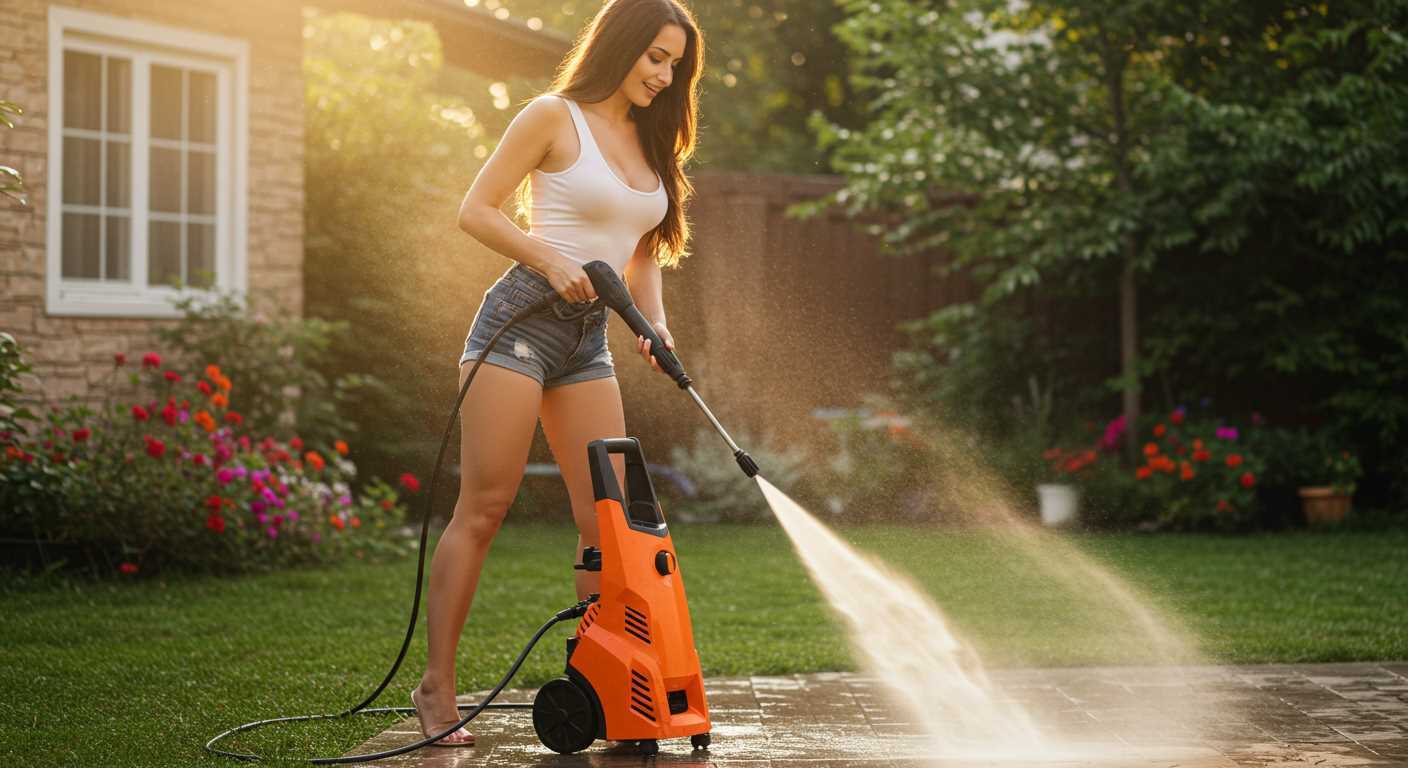
If you’re finding that your cleaning device is exhibiting a rhythmic surge, the first step is to check the water supply. A consistent flow is vital; any interruptions can lead to this frustrating behaviour. Ensure that the hose is free of kinks and the water source is fully open. A simple adjustment here can often resolve the problem.
Another common culprit is the nozzle. Over time, debris can clog the opening, causing fluctuations in pressure. Regularly inspecting and cleaning the nozzle will not only maintain a steady stream but also enhance the overall performance of your equipment. I’ve often found that a quick rinse can work wonders.
Additionally, consider the pump’s condition. If you notice abnormal sounds or a decrease in power, it might be time to examine the pump components for wear and tear. I recall a situation where a worn-out O-ring led to similar pulsations; replacing it restored functionality. Regular maintenance checks are crucial for longevity.
Lastly, inspect the connections between the hose and the machine. Loose fittings can disrupt the flow and result in an inconsistent output. A firm twist can sometimes make all the difference. Keeping these areas in good shape will ensure a smooth and reliable cleaning experience every time.
Reasons for Inconsistent Water Flow
If you’re experiencing an irregular flow from your cleaning device, it’s often linked to a few common factors. Here’s what I’ve observed in my years of working with different models:
- Clogged Filter: Regular maintenance is key. Check the water inlet filter for debris. A simple clean can restore smooth operation.
- Faulty Unloader Valve: This component regulates water pressure. If it’s malfunctioning, it can cause fluctuations. I recommend inspecting it for wear and replacing it if necessary.
- Air in the System: Air trapped in the hoses can lead to uneven spray. To purge the system, run the machine with the nozzle pointed downwards until a steady stream flows out.
- Incorrect Nozzle Size: Using a nozzle that doesn’t match the specifications of your unit can create pressure inconsistencies. Ensure you’re using the right nozzle for optimal performance.
- Water Supply Issues: Insufficient water flow from your source can impact performance. Check for kinks in hoses or low water levels in your tank.
Through trial and error, I’ve learned that addressing these issues promptly can save time and ensure your equipment runs smoothly. Regular inspections and maintenance will keep your machine operating at peak performance, eliminating those frustrating flow inconsistencies.
Understanding the Causes of Pulsation in High-Pressure Cleaners
To address pulsation, check the inlet water supply first. Low flow rates can lead to inconsistent water delivery, causing the machine to operate unevenly. Make sure the hose is free of kinks and the filter is clean. A simple inspection can save you from more significant issues down the line.
Common Factors Leading to Irregular Flow
- Clogged Filters: Over time, debris can accumulate in filters, restricting water flow. Regular cleaning or replacement is necessary to maintain optimal performance.
- Worn Seals: Internal components, like seals and O-rings, wear out with use. Replacing these parts can restore smooth operation.
- Faulty Unloader Valve: This valve regulates pressure. If it malfunctions, it can cause fluctuations in flow, resulting in a pulsing effect. Testing and adjusting or replacing the valve might be required.
- Air Leaks: Any gaps in hoses or connections can introduce air into the system. Inspect all fittings and hoses for tightness and integrity.
Other Considerations
Another factor I often encounter is the nozzle condition. A clogged or damaged nozzle can disrupt the water stream, leading to inconsistency. Periodically cleaning or replacing the nozzle can improve performance significantly.
Lastly, using the correct nozzle for your tasks is essential. Mismatched attachments can create unnecessary strain on the motor, resulting in irregularities. Always refer to the manufacturer’s guidelines for optimal compatibility.
Common Signs of a Pulsating Pressure Washer
When operating a high-pressure cleaner, certain indicators can hint at an underlying issue. Recognising these signs early can save you time and money. Here are the most common symptoms I’ve encountered throughout my years in the industry.
Inconsistent Water Flow
A noticeable fluctuation in water flow is often the first sign. If you observe bursts of high pressure followed by brief drops, it suggests a potential blockage or malfunction. This can stem from clogged filters or a damaged nozzle. Regular cleaning and inspection of these components can prevent this issue.
Unusual Noise Levels
Listen closely to the machine. A consistent, rhythmic sound should be expected. If you hear a sudden change to a rattling or high-pitched noise, it might indicate cavitation or air ingress in the system. This usually points to problems with the pump or intake. Addressing these concerns quickly can mitigate further damage.
| Sign | Possible Cause | Recommended Solution |
|---|---|---|
| Inconsistent Water Flow | Blocked filter or damaged nozzle | Clean or replace filters and nozzles |
| Unusual Noise Levels | Cavitation or air ingress | Inspect pump and intake for leaks |
| Vibration Issues | Pump misalignment | Realign or replace pump |
| Pressure Fluctuations | Faulty unloader valve | Test and replace unloader valve if necessary |
By staying alert to these signs, you can maintain your equipment effectively. Regular maintenance and checks will enhance the longevity of your machine and ensure consistent performance. Trust me; it’s worth the effort.
How a Clogged Filter Affects Performance
A clogged filter can significantly hinder your cleaning tool’s efficiency. I recall a time when I was tackling a particularly stubborn stain on a driveway. After a few minutes of operation, the stream became erratic, and I was puzzled. Upon inspection, I discovered the filter was completely blocked with debris. Cleaning it out restored the pressure and flow, making a world of difference.
Filters are designed to trap dirt and contaminants before they reach the pump. When they become obstructed, the flow of water is restricted, causing fluctuations in pressure. This can lead to inconsistent spraying patterns and reduced cleaning effectiveness. Regularly checking and replacing your filter can prevent these issues.
Another interesting observation I’ve made is how different nozzles can exacerbate the problem. For instance, using a pressure washer nozzle for siding requires optimal flow rates. If your filter is clogged, the specific nozzle may not perform as intended, leaving surfaces dirty and diminishing the overall user experience.
Keeping an eye on the filter is key to smooth operation. I recommend checking it regularly, especially after heavy use or when working in dusty environments. A clean filter not only maintains consistent performance but also extends the lifespan of your equipment. Trust me, it’s a small task that pays off in the long run.
The Role of the Unloader Valve in Pulsation Issues
Addressing pulsation problems often leads to examining the unloader valve. This component regulates the flow of water and pressure within the system. If this valve is malfunctioning, it can cause erratic performance and inconsistent output.
During my years in the industry, I encountered numerous situations where a simple adjustment or replacement of the unloader valve resolved significant pulsation complaints. The valve is designed to divert water back to the pump when the trigger isn’t engaged, maintaining consistent pressure. If the valve becomes stuck or clogged, it can fail to redirect water properly, resulting in the surging effect many operators notice.
Regular maintenance is key. I recommend inspecting the unloader valve periodically. Look for signs of wear or debris buildup that could impede its function. In one case, a client’s unit was experiencing severe pulsation, and upon inspection, I found the valve was partially obstructed by sediment. After cleaning it, the problem disappeared immediately.
Adjustments may also be necessary. If the valve is not calibrated correctly, it can lead to fluctuating pressure. Ensure that the settings align with the manufacturer’s specifications. I’ve seen instances where a simple tweak to the adjustment screw transformed a frustrating operation into a smooth experience.
If cleaning and adjustments do not resolve the issue, a replacement might be necessary. I’ve often recommended upgrading to a higher-quality unloader valve for those who frequently encounter problems. Investing in a durable part can save time and hassle in the long run, as a reliable valve can significantly reduce pulsation and improve overall performance.
Impact of Hose and Nozzle Blockages on Water Flow
Clogs in hoses and nozzles can drastically alter the performance of your cleaning equipment. During my years in the industry, I often encountered users frustrated by inconsistent water output. The reason? Often, a simple blockage was to blame.
Identifying Blockages
When examining the hose, look for kinks or debris that could impede water flow. A common issue I’ve seen is small stones or dirt getting lodged in the nozzle. This can easily limit the stream, leading to irregular pressure. I remember a colleague who spent hours troubleshooting a unit, only to discover a tiny piece of gravel blocking the nozzle. Once cleared, the machine operated flawlessly.
| Type of Blockage | Symptoms | Resolution |
|---|---|---|
| Hose Kink | Intermittent flow | Straighten hose and check for sharp bends |
| Nozzle Debris | Weak spray pattern | Remove and clean nozzle with water or a small brush |
| Internal Hose Blockage | Low pressure | Inspect hose for internal damage; replace if necessary |
Preventive Measures
Regular maintenance can save you a lot of headaches. I recommend checking hoses and nozzles after each use. Store equipment properly to prevent kinks and consider using a filter to catch debris before it enters the system. This not only prolongs the life of your equipment but also ensures optimal performance.
Air Leaks and Their Impact on Pressure Consistency
Air leaks within the system can lead to significant fluctuations in water flow, resulting in inconsistent spray patterns. During my years of working with various cleaning equipment, I often encountered this issue. A small crack in a hose or a loose connection can disrupt the water supply, causing an erratic performance that can be frustrating.
One common source of air ingress is the connection points between hoses and fittings. Over time, seals can wear down, leading to gaps that allow air to enter. When this happens, you might notice a distinct change in the performance of your equipment. I remember a client who struggled with a new model; after inspecting the hoses, we found a loose fitting that, when tightened, resolved the pulsation issue entirely.
Another area to inspect is the pump itself. If the pump’s intake is compromised, it can draw in air instead of water. This was a frequent dilemma I faced while troubleshooting older models. By ensuring the intake is sealed properly, you can maintain a steady flow and avoid that annoying sputtering.
Additionally, the quality of the hoses plays a crucial role. I’ve seen many situations where using subpar hoses led to premature wear and air leaks. Investing in high-quality hoses not only prolongs the life of your equipment but also enhances performance. If you’re looking for the right cleaning agents to complement your setup, check out the best pressure washer soap and detergent to ensure optimal results.
Regular maintenance checks can help identify these air leaks before they become a problem. A quick visual inspection of all connections and hoses can save you from the headache of inconsistent cleaning performance. Don’t underestimate how small issues can lead to larger frustrations down the line.
Checking the Pump for Wear and Tear
Inspecting the pump is crucial for identifying performance issues. Start by examining for visible signs of wear, such as cracks or leaks. A worn pump can lead to irregular flow, causing that frustrating choppy output.
- Check the seals: Deteriorated seals can allow water to escape, impacting pressure consistency. Replacing worn seals can often resolve issues.
- Look for corrosion: Any rust or corrosion on the pump body or components can indicate a problem. If you find rust, consider replacing the affected parts.
- Inspect bearings: Worn bearings may create noise and decrease efficiency. Listen for unusual sounds and replace them if necessary.
- Assess the piston: The piston should move smoothly. Any sticking or difficulty can mean it’s time for a replacement.
- Check for blockages: Debris can accumulate inside the pump, leading to reduced performance. Ensure all inlets and outlets are clear.
After assessing these components, if you notice significant wear, it’s often more cost-effective to replace the pump entirely rather than attempt repairs. Investing in a new pump can restore your cleaning tool to its optimal state, saving you time and hassle in the long run.
How to Properly Maintain Your Pressure Washer
Regular upkeep is key for long-lasting performance. Start with cleaning the filter after every few uses to prevent debris from clogging the system. A clean filter ensures consistent water flow, reducing the likelihood of issues down the line.
Inspecting the Nozzle and Hose
Check your nozzle regularly for blockages. If you notice a decrease in power or an uneven spray pattern, it’s time to clear any obstructions. I’ve seen this problem arise frequently, and a simple rinse can work wonders. Additionally, examine the hose for any signs of wear, such as cracks or leaks. A damaged hose can lead to reduced pressure and efficiency, so replace it if necessary.
Regular Pump Maintenance
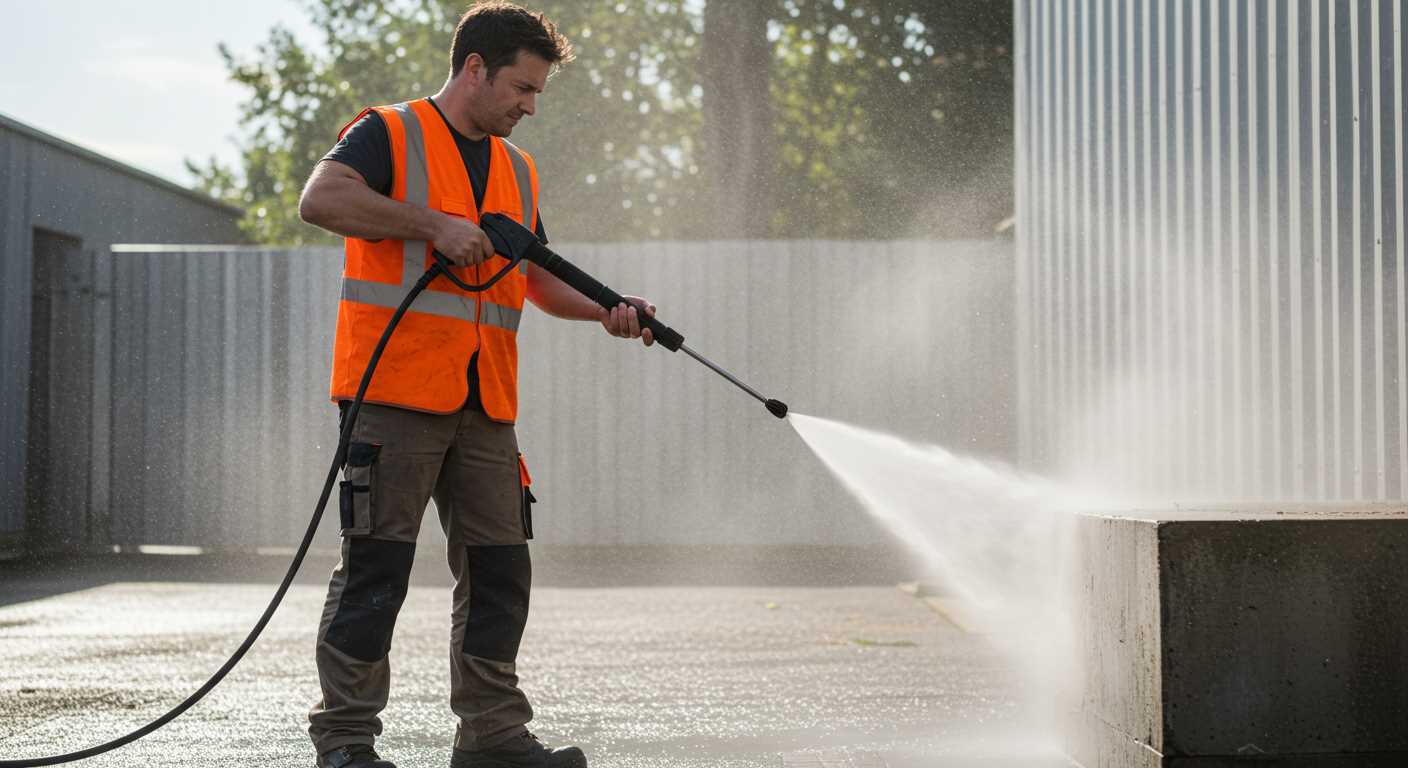
Keep the pump in prime condition by flushing it with clean water after each use. This practice removes any soap or detergent residue that might linger. Every few months, check the oil level, and replace the oil according to the manufacturer’s recommendations. I learned the hard way that neglecting this step can lead to costly repairs down the line.
Troubleshooting Steps for Pulsating Pressure Washers
First, check the water supply. Ensure the source is clean and the hose is free from kinks. A low water flow can directly lead to inconsistent performance. I once encountered a unit that seemed faulty, only to find the garden tap was partially closed. Opening it fully resolved the issue.
Inspect the Filter and Connections
Next, look at the filter. A clogged filter can significantly diminish water flow. Remove it and clean any debris. I’ve seen filters so blocked that the machine barely operated, but a swift clean-up restored full functionality. Also, examine the connections for any leaks or loose fittings that could introduce air into the system.
Evaluate the Unloader Valve
The unloader valve should be your next focus. If it’s malfunctioning or stuck, it can cause erratic pressure levels. Adjust or replace the valve if needed. I remember a situation where a simple adjustment made all the difference, bringing a once-erratic unit back to smooth operation. Regular checks of this component can save you from larger headaches down the line.
FAQ:
Why does my pressure washer pulsate when I turn it on?
The pulsating issue in a pressure washer can often be linked to air trapped in the pump or a blockage in the inlet filter. When the machine is first activated, it may draw in air instead of a steady flow of water, causing fluctuations in pressure. To address this, try ensuring that the hoses are properly connected and that there is a steady water supply. Additionally, check the filter for debris and clean it if necessary.
What maintenance can I perform to prevent pulsation in my pressure washer?
Regular maintenance is key to preventing pulsation in your pressure washer. Start by checking the water intake filter for clogs and cleaning it as needed. Ensure the hoses are free of kinks or leaks, which can disrupt water flow. It’s also advisable to inspect the spray nozzle for blockages and clean or replace it if necessary. Lastly, consider changing the oil in the pump if it hasn’t been done recently, as this can affect performance.
Could a faulty pump cause my pressure washer to pulsate?
Yes, a faulty pump is a common reason for pulsation in pressure washers. If the pump is worn out or damaged, it may not be able to maintain a consistent pressure, leading to fluctuations. Signs of a failing pump can include unusual noises, leaks, or a significant drop in pressure. If you suspect pump issues, it’s advisable to consult the manufacturer’s guidelines or contact a professional for repairs or replacement.
How can I troubleshoot a pulsating pressure washer?
Troubleshooting a pulsating pressure washer involves several steps. First, check the water supply to ensure it is adequate and free of debris. Next, inspect the hoses and connections for any leaks or kinks. Examine the inlet filter and spray nozzle for clogs, cleaning them if necessary. If the pulsation persists, it might be worth checking the pump and its components for wear. Following these steps can help you identify and resolve the underlying issue.

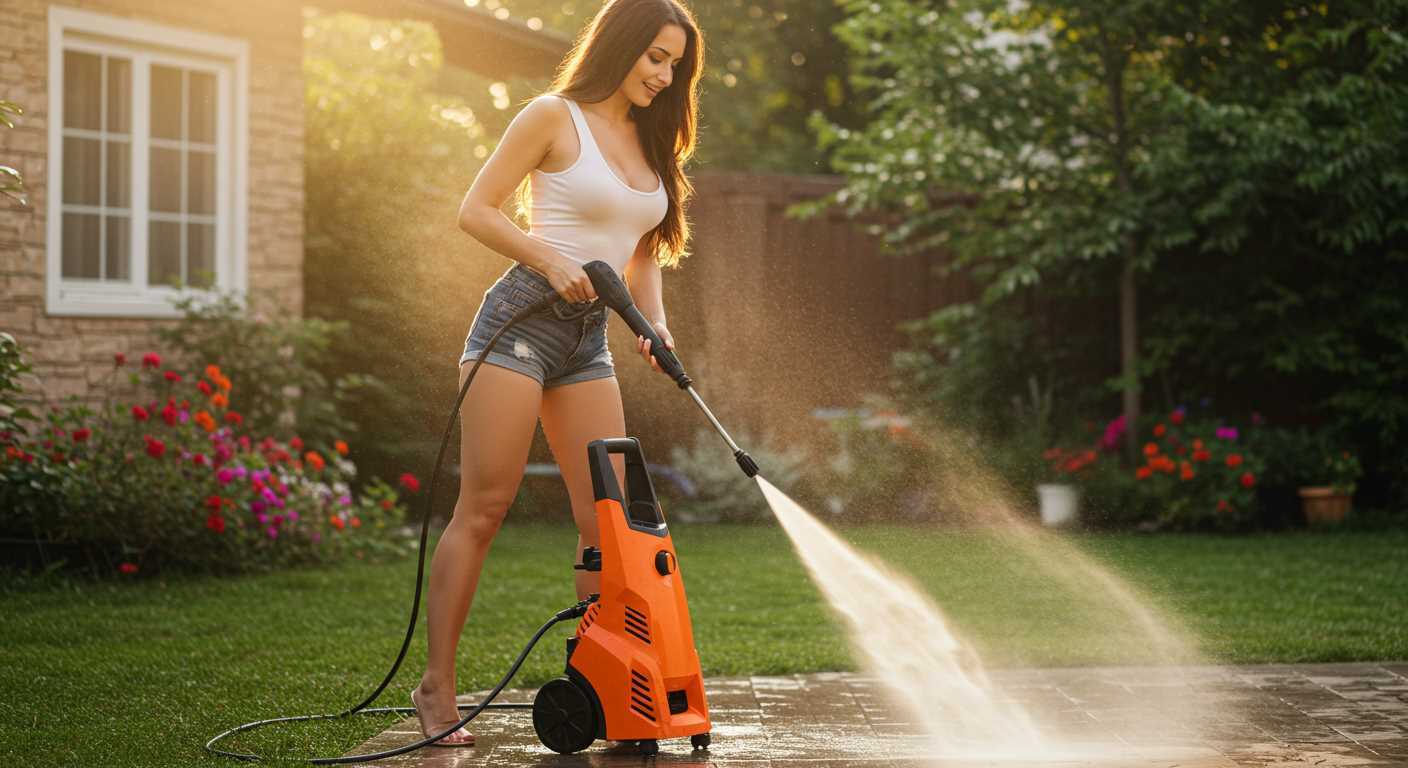



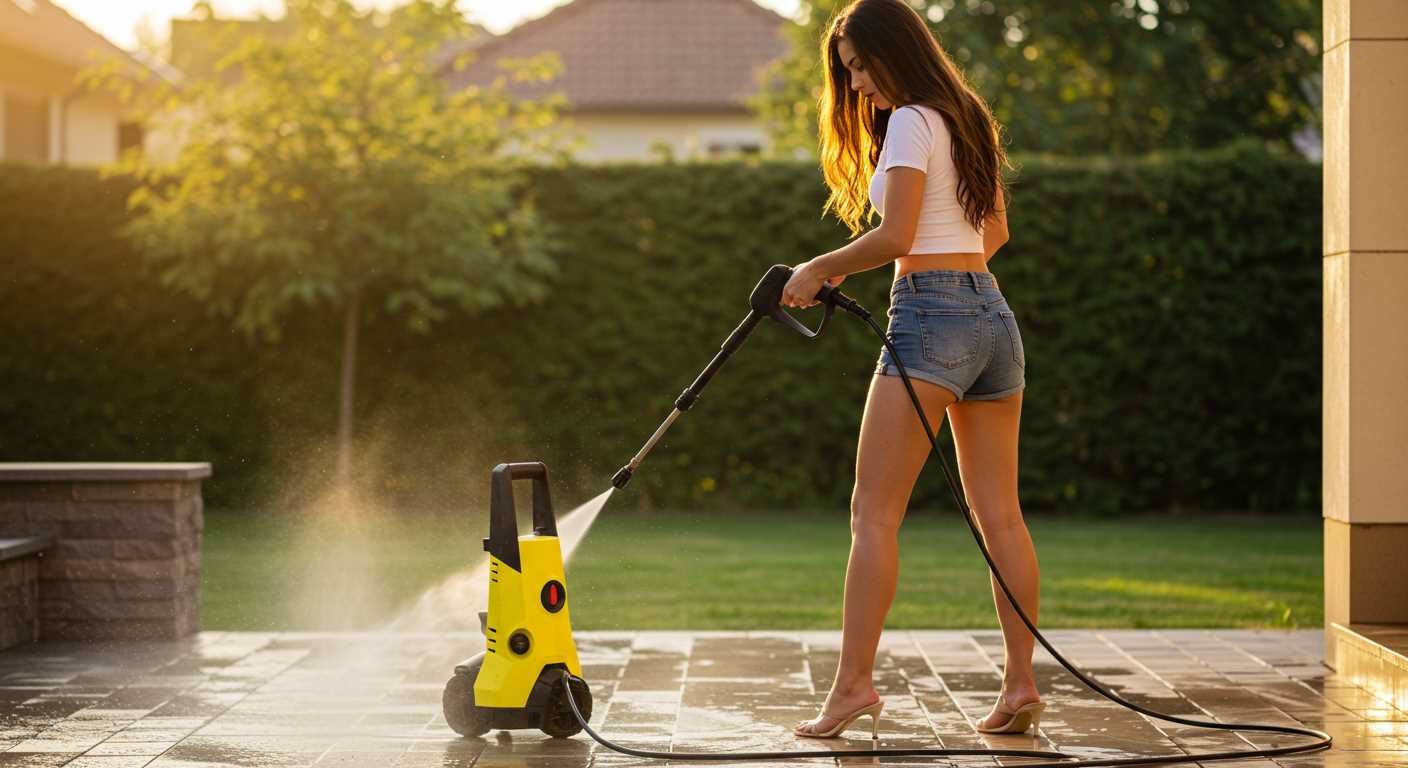
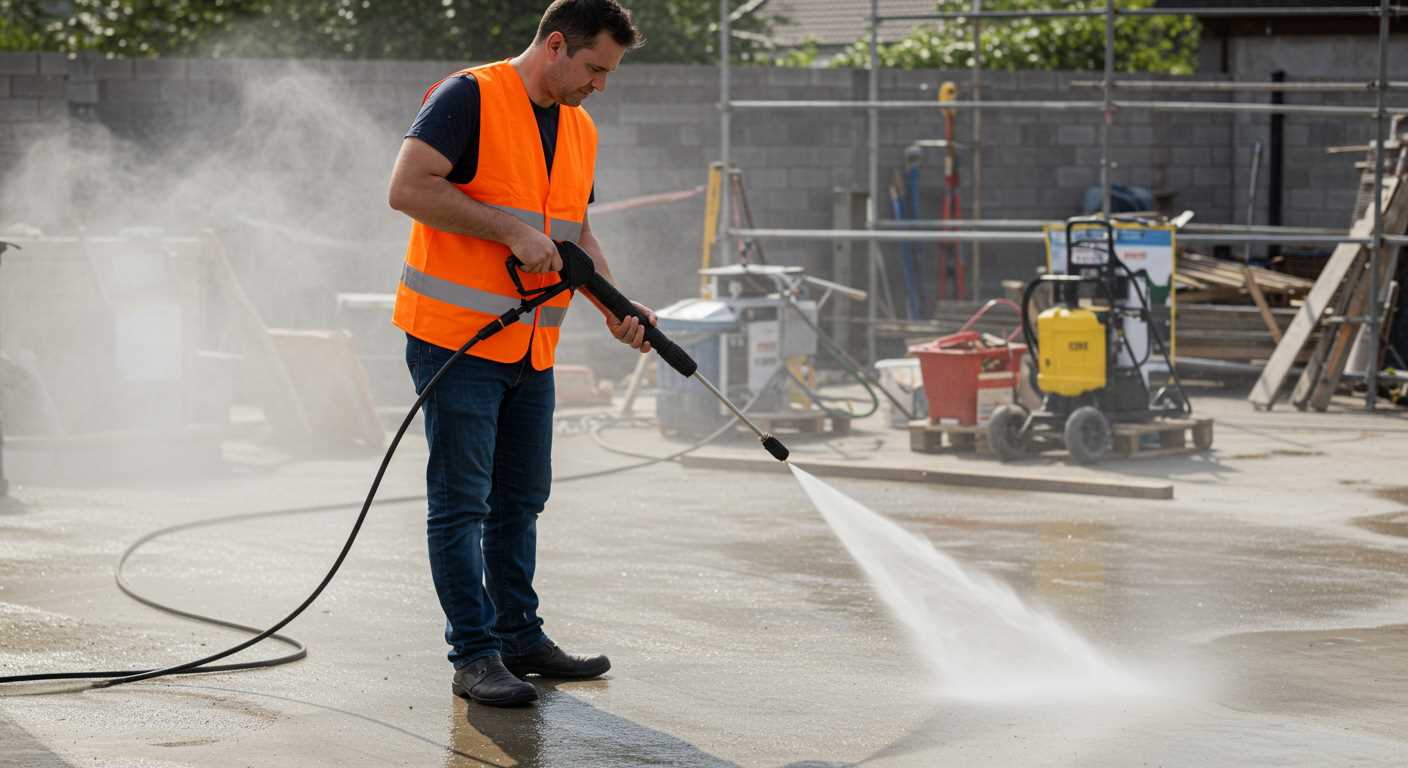
.jpg)


